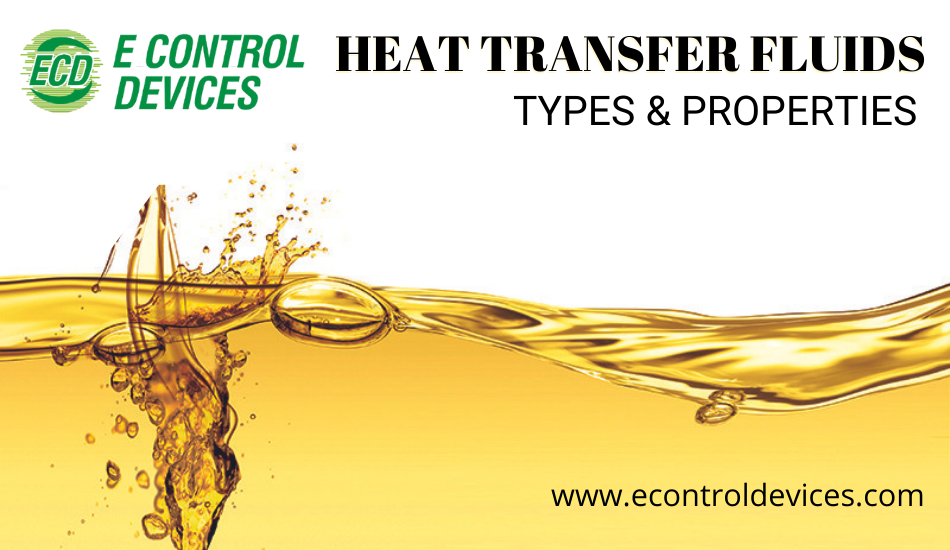Exactly How Warmth Transfer Liquid Adds To Lasting and Economical Workflow
In the contemporary commercial landscape, the duty of heat transfer fluids (HTFs) in promoting sustainable and inexpensive operations can not be overstated. These fluids are essential in maximizing thermal management systems, consequently significantly enhancing energy effectiveness and reducing operational expenses. heat transfer fluid. The environmental benefits of innovative HTFs, with their high thermal security and low poisoning, are undeniable.
Understanding Warm Transfer Fluids
In the realm of thermal monitoring, warmth transfer fluids (HTFs) act as important agents for transferring thermal power from one location to an additional. These liquids play a crucial duty in various commercial applications, consisting of chemical handling, power generation, and cooling and heating systems. HTFs are particularly engineered to operate within a variety of temperature levels, successfully promoting the transfer of warmth while preserving a steady thermal profile. Their capacity to operate under extreme problems-- whether heats or cryogenic levels-- makes them vital in settings demanding precise thermal control.
The structure of heat transfer liquids can vary substantially, including choices such as mineral oils, artificial oils, glycols, and molten salts. Each type offers unique advantages, such as enhanced thermal security, low thickness, and high boiling factors, which are selected based on specific operational needs. The option of HTF effects not just the effectiveness of heat transfer yet likewise the long life and security of the system in which it is employed.
As industries continue to introduce, the growth of innovative HTFs, identified by their boosted thermal conductivity and decreased ecological influence, is crucial for meeting the needs of modern thermal administration challenges.
Enhancing Energy Performance

Improving energy effectiveness has come to be a paramount issue across various industries, prompting a closer evaluation of warm transfer fluids' function in maximizing thermal management systems. These fluids are essential to maintaining the desired temperature in procedures, therefore minimizing power waste and boosting general system effectiveness. By selecting a proper warm transfer liquid, markets can dramatically improve their power efficiency, causing decreased power consumption.

Advanced solutions of heat transfer fluids have actually been developed to withstand severe temperature levels while preserving stability and effectiveness. Boosting power performance via ideal warmth transfer liquid choice is not only a technological need however also an ecological essential.
Decreasing Functional Prices
Operational prices are a significant consideration for industries seeking to keep competitive benefit, and the selection of warmth transfer liquid plays a vital role in expense management. go Choosing a suitable warm transfer liquid can cause considerable expense financial savings by improving system effectiveness and decreasing power consumption. High-performance liquids reduce thermal destruction, which in turn decreases the frequency of fluid replacement and downtime linked with upkeep, consequently lowering operational expenses.
Additionally, warm transfer liquids with remarkable thermal stability and corrosion resistance prolong the life expectancy of devices. This decreases the requirement for frequent fixings and substitutes, which can be costly and turbulent to operations. By purchasing top notch fluids, sectors can achieve lasting reductions in maintenance expenses and enhance the dependability of their systems.
Additionally, advanced heat transfer fluids often show lower thickness at operating temperatures, which improves pump performance and minimizes energy usage in liquid try this website flow. Several modern-day heat transfer fluids are engineered to operate successfully over a wide temperature range, reducing the demand for several fluid kinds, thus simplifying stock needs and lowering associated costs.
Ecological Effect Decrease
The push towards reducing environmental impact has actually obtained momentum in sectors leveraging warmth transfer liquids. Firms are progressively acknowledging the value of reducing eco-friendly impacts by taking on sustainable techniques. Heat transfer liquids (HTFs) play a crucial duty in this change, offering possibilities to boost power efficiency and decrease emissions. By picking HTFs with high thermal stability and low poisoning, markets can make certain marginal leak and deterioration, thus minimizing hazardous ecological launches.
In addition, making use of advanced heat transfer liquids adds to better system efficiency, minimizing the total power consumption. This decrease not only leads to price financial savings however additionally lowers co2 exhausts, helping in the battle versus environment adjustment. Fluids that are naturally degradable and recyclable further enhance sustainability initiatives, as they diminish waste and his response promote circular economic climate practices.
Furthermore, integrating HTFs right into closed-loop systems protects against fluid loss and contamination of the surrounding environment. This approach guarantees that fluids are recycled, lowering the need for new resources and restricting waste generation. By embracing these eco mindful strategies, markets can significantly diminish their eco-friendly effect while keeping high functional effectiveness, lining up with worldwide sustainability objectives and regulatory demands.
Choosing the Right HTF
Choosing the ideal heat transfer liquid (HTF) is a vital action in advancing environmental sustainability within commercial processes - heat transfer fluid. An ideal HTF needs to possess a high thermal capability, reduced thickness, and high thermal conductivity to make sure reliable warmth transfer.
This ensures longevity and lowers upkeep costs. The liquid ought to be safe and naturally degradable, minimizing its eco-friendly impact and guaranteeing compliance with environmental guidelines.
Final Thought
